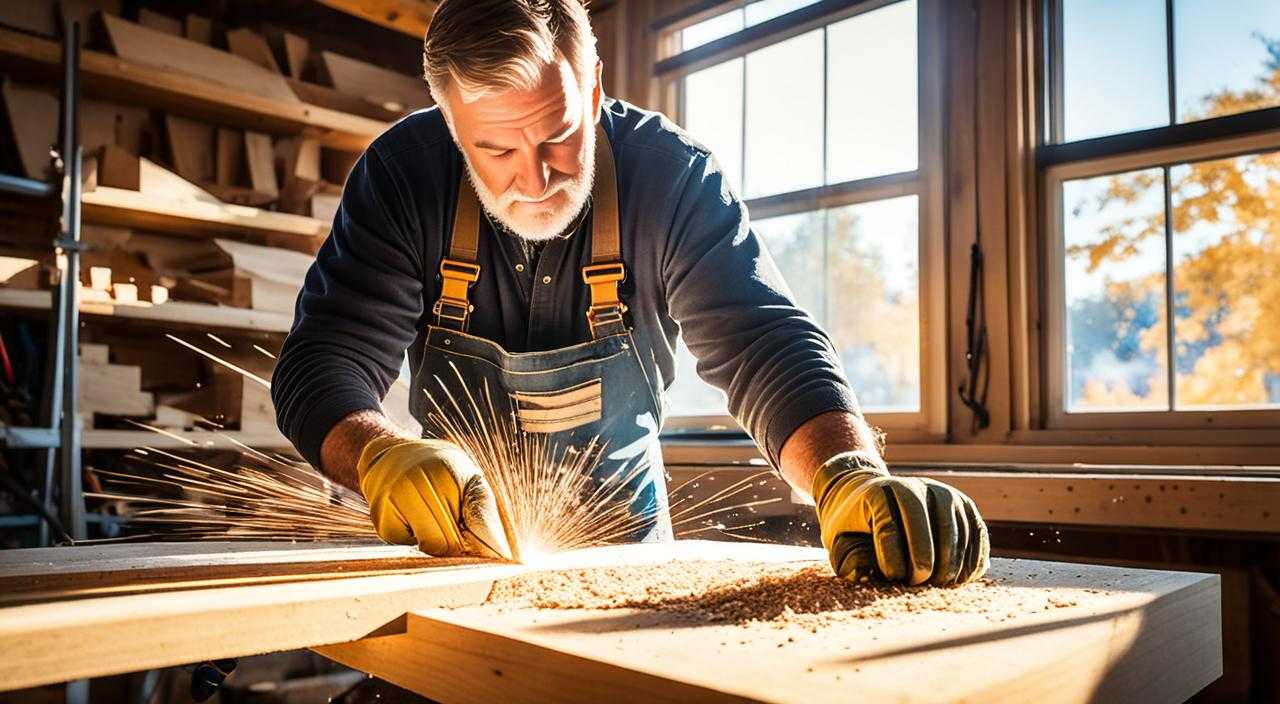How to become a bookkeeper without a degree

Do you know that you can become a bookkeeper and start a rewarding financial career, no degree is needed. You’ll ...
Read more
How to become a chef without a degree

Want to cook up a great career in kitchens but don’t have culinary school training? Don’t worry. Your love for ...
Read more
How to become a mechanic without a degree

Do you know that you don’t need college credentials to start a career as a mechanic? This guide shows how ...
Read more
How to become a carpenter without a degree

Starting a new career is exciting but can be scary, especially if it’s not a common path. Becoming a carpenter without ...
Read more
How to become a real estate agent without a degree

Starting a career in real estate is now possible for many. If you dream of making big property deals, here’s good news. ...
Read more
How to become a digital marketing specialist without a degree

Hello readers, do you know that there’s no need to get a degree to start a career in online marketing these days? ...
Read more
How to become a computer programmer without a degree

Starting your journey to be a programmer without a degree can feel overwhelming. The tech world changes fast, and many ...
Read more
How to become a recruiter without a degree

Hello readers, ever thought about how to become a recruiter without a degree? Wondered if you could skip college and ...
Read more
How to become a social media manager without a degree

Have you ever dreamed of guiding online conversations and creating buzzing digital places? How about starting trends that spread all ...
Read more
How to become a marketer without a degree

Starting a marketing career without a degree might sound tough. The field is evolving. Many alternative paths lead to becoming ...
Read more